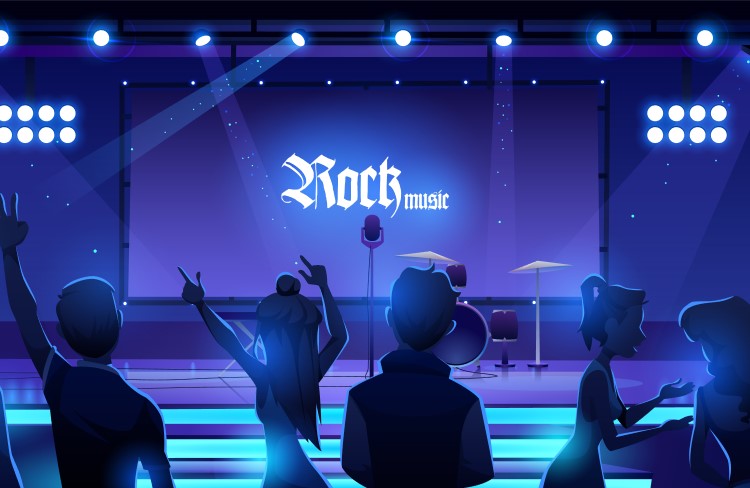
In India, rock culture is nothing new. Indian Rock, or Raga Rock, entered the scene in the 1960s when everyone was listening to The Beatles and The Rolling Stones. Raga Rock is a kind of Indian and Western music blended together.
Where it began…
In the past, rock bands from India were referred to as beat ensembles. Bands like the Thunderbirds, Mystiks, Beat-X, and Flintstone made their mark in this genre in the 1960s and early 1970s. Singers with a reputation for covering songs include Ashwani Bali and Usha Uthup. It was at this period that well-known Western bands started releasing music heavily influenced by Indian classical music.
Where did it go after…
By the 1970s, rock music had made its way into Bollywood songs. This style was bravely attempted by composers, and the public enthusiastically accepted it. Still, only All India Radio played music; thus, the audience was minimal as well.
Indian musicians began producing independent rock songs and blending rock with traditional Indian music, although ‘filmi’ songs continued to dominate this genre. At this point, the independent Bengali band Moheener Ghoraguli from Kolkata began to play full-fledged rock music. Even though Moheener Ghoraguli only recorded in Bengali, they are perhaps the first rock band in India.
In 1984, a band known as Rock Machine became the first non-vernacular Indian rock band. Their debut album, Rock and Roll Renegade, hit the market in 1988, matching their inspiration from Def Leppard, Deep Purple, Bon Jovi, Whitesnake, etc.
The amazing enchantment persisted…
When MTV debuted in the early 1990s, Indian music fans were at last exposed to a wide range of newly emerging musical styles. Rock, thrash metal, grunge, punk, and other genres were now played on television, and none of them was rejected by the younger viewers. This shift in preference inspired upcoming musicians in India, who experimented with many genres. 1993 saw the launch of Rock Street Journal, India’s first publication devoted to Indian rock music, under the direction of Amit Saigal.
Additionally, bands like Skinny Alley, Pseudonym, Hobos, Agnee, Cassini’s Division, Parikrama, Motherjane, Indian Ocean, and others came into being during this period. In 1996, Parikrama won hearts with their famous song, But It Rained, a song devoted to the kidnappings that were occurring in the Kashmir Valley at the time.
Motherjane, a rock band from Cochin, made history by being the first Indian rock band to have songs performed internationally.
Sounds of the ‘90s…
In India, the 1990s were a booming decade. The tech boom was starting, liberalisation was just getting started, and Indians were realising they had more options than ever before. Additionally, indie rock bands were starting to gain popularity at this time thanks to publications like Rock Street Journal, MTV, and the Great Indian Rock Festival. The demise of Sonam Sherpa, who co-founded Parikrama in 1991 with Subir Malik in Delhi, has refocused attention on the heyday of Indian rock music. Here’s a list of a few Rock bands that thrashed the floor with their amazing music back in the day.
Indian Ocean (1990)
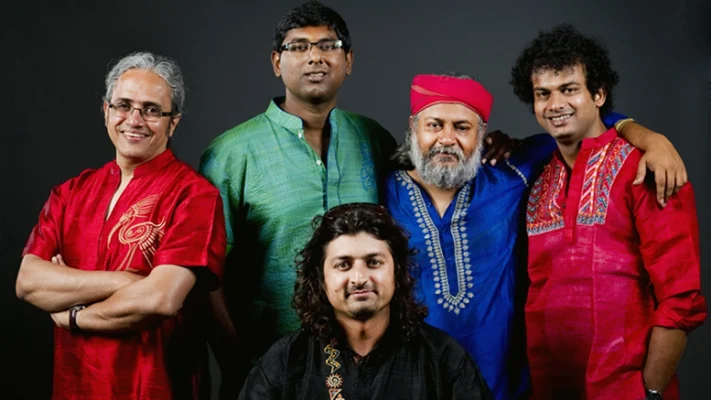
The group is credited with pioneering folk rock and fusion by fusing rock with classical ragas. Amit Kilam, Susmit Sen, Asheem Chakravarty, and Rahul Ram comprised the original group. These days, the sole members of the original band are Kilam and Ram.
Indus Creed (1993)
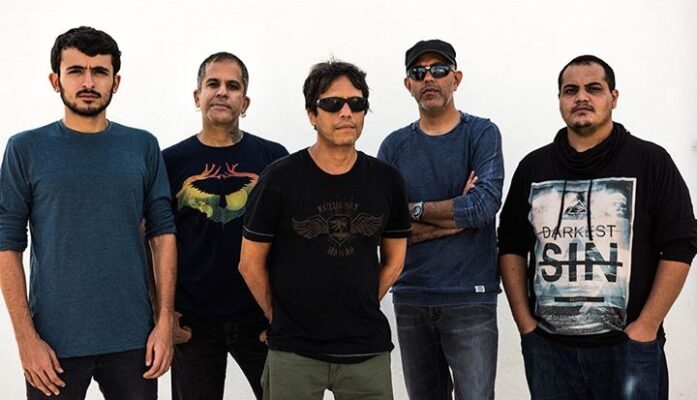
In 1984, Uday Benegal, Jayesh Gandhi, Mark Selwyn, Zubin Balaporia, Mahesh Tinaikar, and Mark Menezes formed Rock Machine. However, in 1993, they renamed the ensemble and started experimenting with different sounds, incorporating Indian instruments such as the tabla. When Pretty Child, their debut video, was released in 1993, it became a tremendous smash and earned them an MTV Video Music Award.
Euphoria (1998)
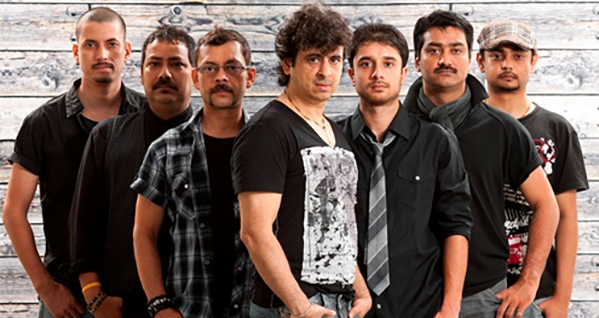
The band’s 1998 first album included the song Dhoom Pichuck Dhoom, which you may remember if you were alive in the 1990s. After its debut, the “Hindi rock band” led by Palash Sen, a medical student, had an exponential rise in popularity. Euphoria performed at the UN in 2001, accompanied by the Pakistani band Junoon.
Pentagram (1996)
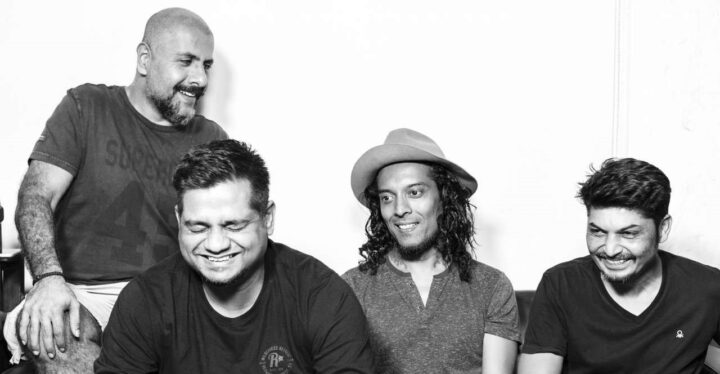
Vishal Dadlani, a founding member of the band, is now more well-known for composing soundtracks for Hindi films. However, Pentagram was well-known for its rock and then electronica music when the group first formed.
Skinny Alley (1996)
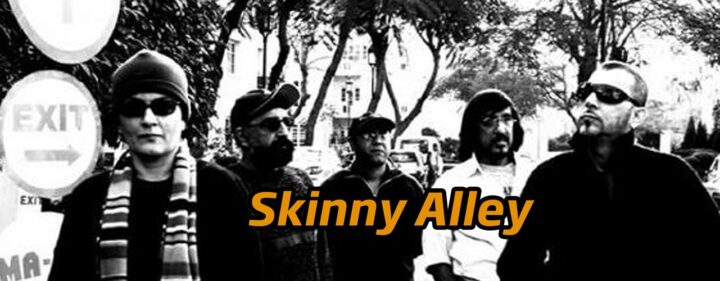
Jayashree Singh, her husband Gyan Singh, and Amyt Dutta founded Skinny Alley, one of the most well-known bands the city has produced. The group fused jazz, funk, and rock, and they had a late-night side project named Pinknoise.
Motherjane (1996)
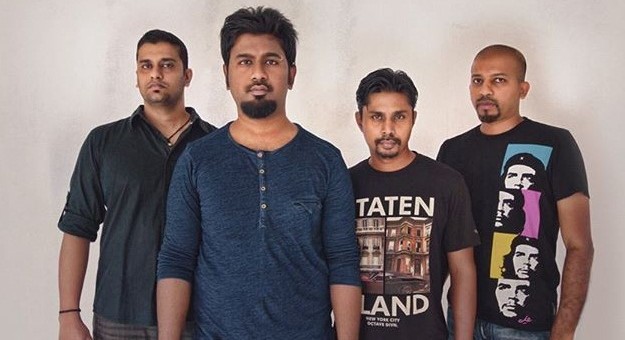
Motherjane, who had originally formed to cover another band at a college event, went on to open for Machine Head and Megadeth. In the 2010 list of bands of the decade by Rock Street Journal, it came in first place.
Motherjane, a rock band from Cochin, made history by being the first Indian rock band to have songs performed internationally.
And it’s still Rocking
The Indian public has been influenced by rock culture for a long time. Filmmakers boldly use punk and rock in their compositions, whether they be heard locally, nationally, or internationally. And it turns out beautifully most of the time.
These days, there are internet resources like NH7, Headbangers India, IndianMusicMug, Unholy Maunder, IndianMusicRevolution, Indian Metal Scene, etc., that preserve the splendour of Indian rock.
However, music is amazing whether it comes from a digital device, your iPod, your father’s radio, or your grandmother’s gramophone. Rock will never stop rocking.

